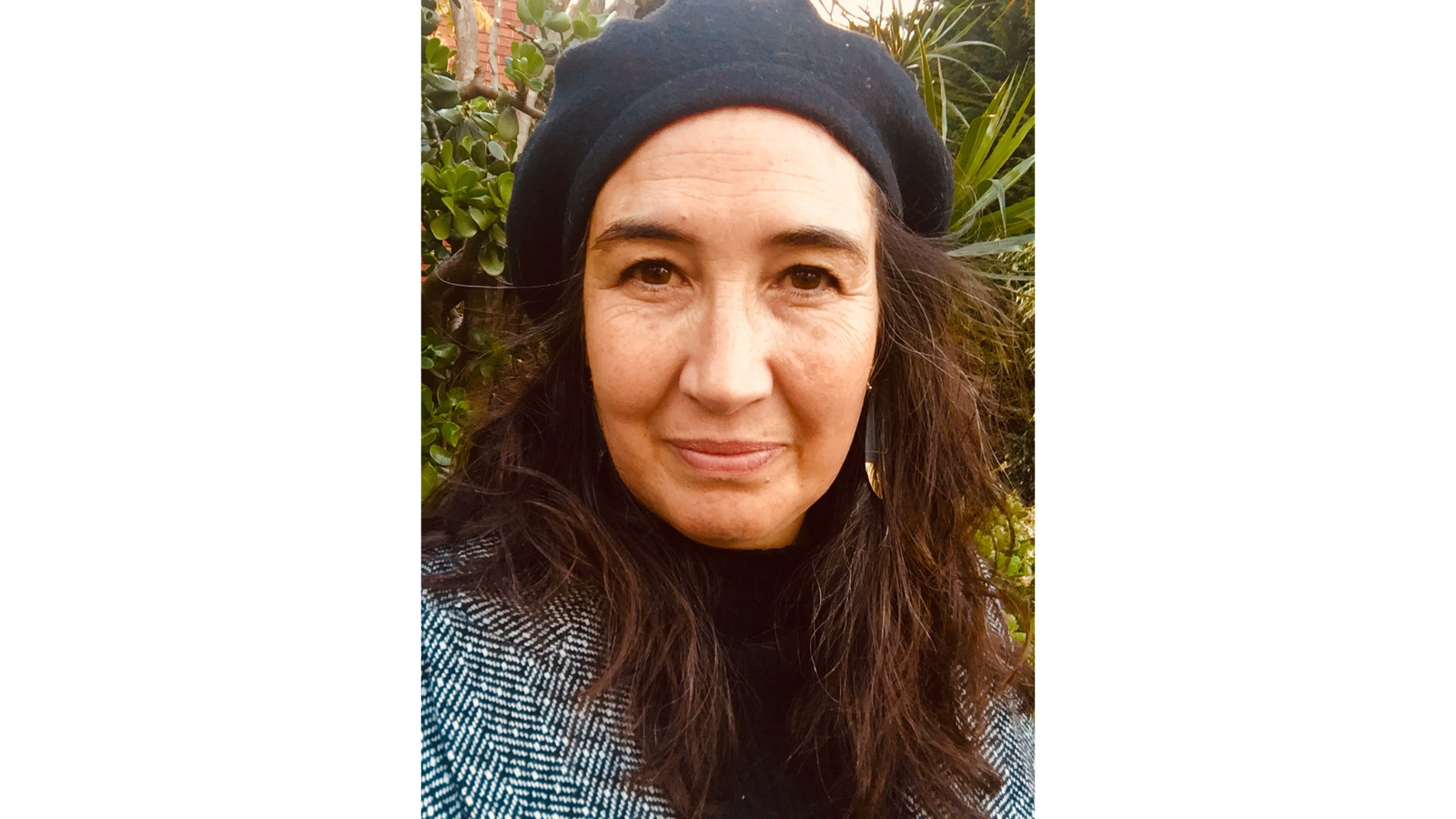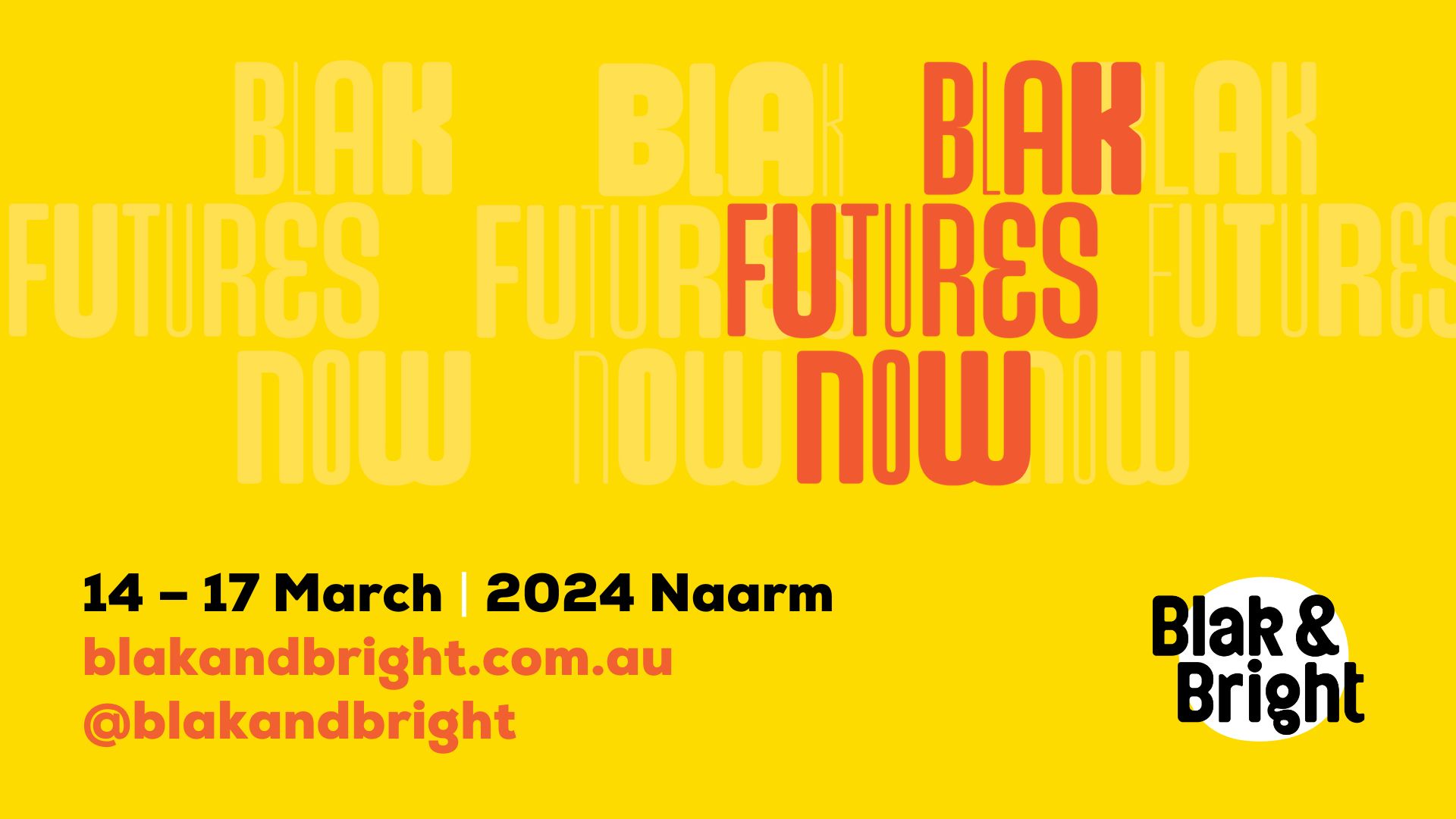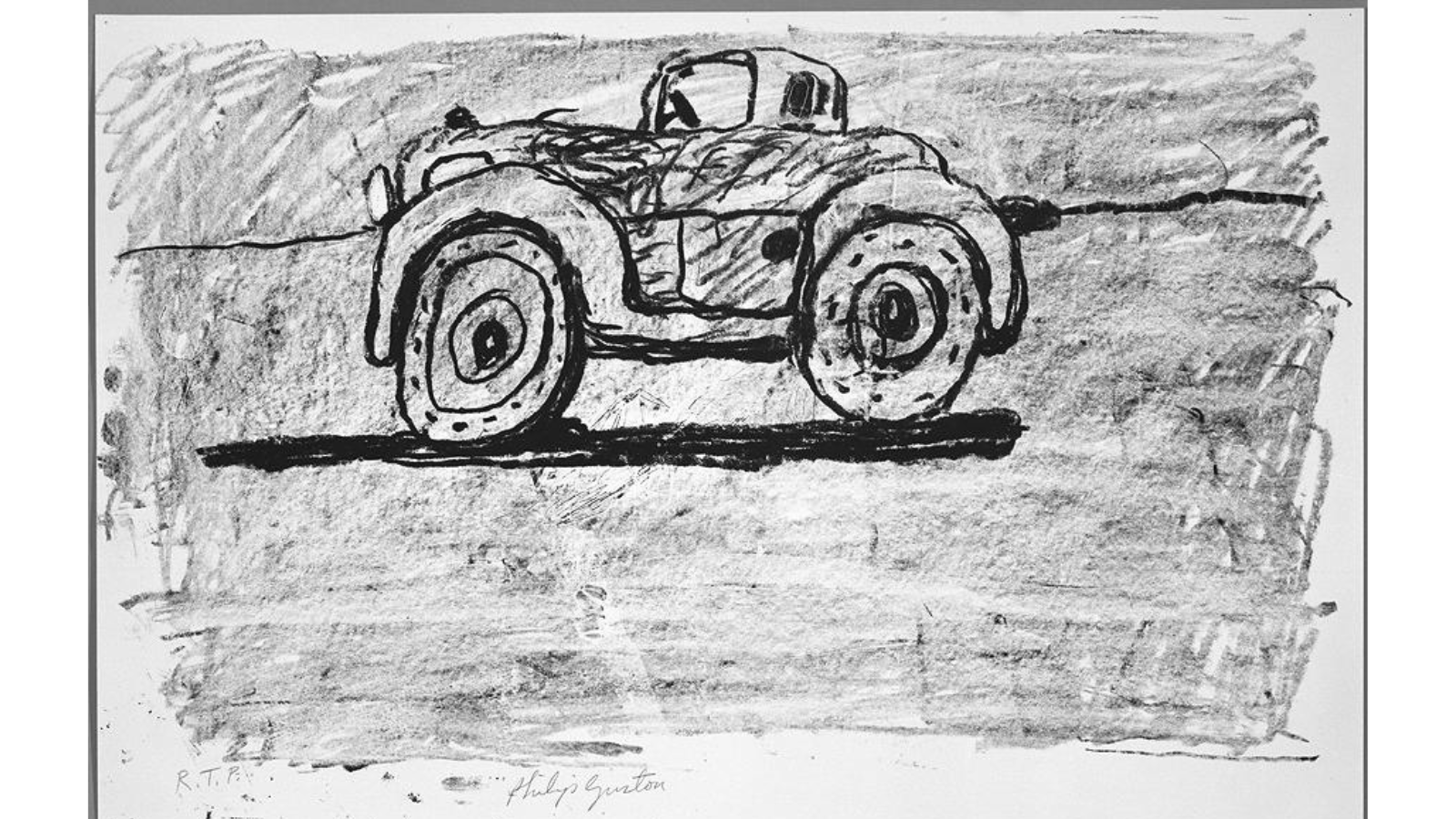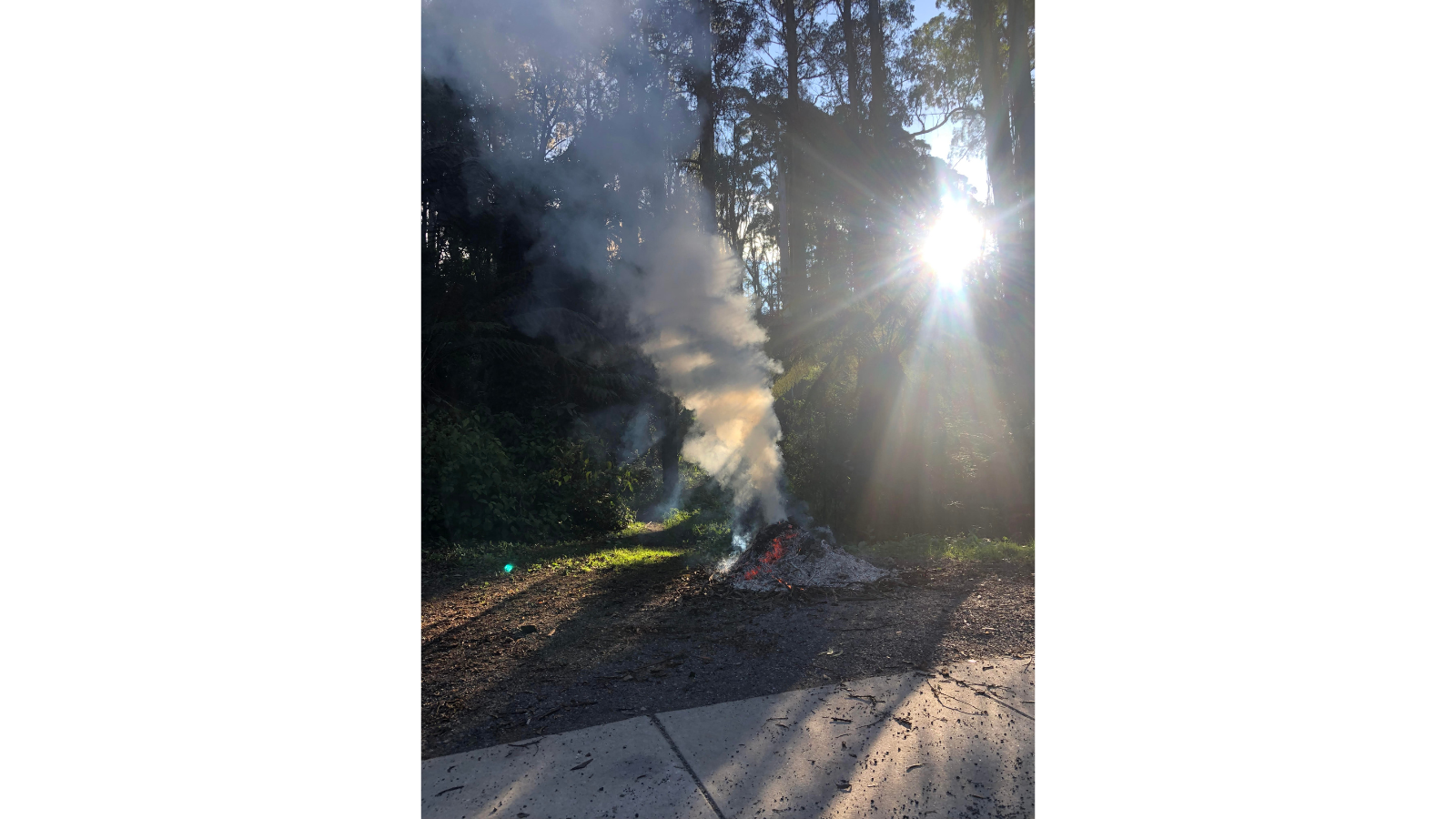Memories are made in these
When a devastating, tsunami-triggering earthquake struck off the East coast of Japan in 2011, Pepi Ronalds was teaching an English class in nearby Sendai. Four years on, she asks: how can we document the emotional magnitude of a disaster, while recovering from its traumatic effects?

These are the numbers I must use, although I don’t want to: 4, 11, 3, 20, 2, 46 and 9.
They are absolutely necessary signposts for context. They mark the fact of remembering. But they’re not enough for me. The numbers aren’t loaded enough, aren’t visceral enough. Even when they’re relayed in a sentence:
Four years ago today, on 11/03/2011 at 2.46pm, a 9.0 magnitude earthquake hit off the coast of northern Japan.
Yes: this sentence gives context, but it lacks depth. For that you can play me Japan’s earthquake warning chime (which was broadcast constantly in the days after the disaster). Play me that and you’ll strike at the core of my memory: going deeper, bringing the rumbles to this very moment.
I was in Sendai – the city closest to the epicentre – when the earthquake hit. It announced its pending arrival with a roar. I squatted under a desk, observing its peculiar movement and listening, for the first time, to the sound of everything in motion. I was safe in the hills: unaware that a tsunami had formed, that it would charge across 561 square kilometres of coastline in the coming hour, take the lives of 15,890 people, displace over 340,000, and leave 2,590 missing. But again — these words and numbers aren’t enough for me. They headline the event. They skip the consequences. They don’t get to the heart of my memories.

Nakano is a coastal town in the municipality of Sendai. If you stand where the elementary school used to be and lift your head towards the Pacific Ocean, you will see space: greeny-yellowed grasses, a power line and trees in the far distance. It’s quiet, breezy, and there’s a hint of seawater on the air. The inclination is to call this ‘fields’, but that wouldn’t be correct. Fields don’t have cement pavements tucked into their grasses, slabs of concrete shaped into floor plans, nor white-lined pieces of asphalt where car parks used to be. These are not fields so much as spaces encoded with memories – memories of the thriving communities that lived here four years ago. (These spaces are what Maria Tumarkin would call traumascapes). Nakano – so ravaged by the tsunami that followed the Great East Japan Earthquake – is now designated an ‘area subject to relocation’, meaning that the communities who once lived here cannot rebuild.

A modest shrine sits in this vast space. It’s a square marble column, calling remembrance of 3.11 (as the date has come to be known) with bright fresh-cut flowers on its sides. At its foot is a small clear plastic box held in place by two large stones. You can lift the stones to open the box, and take a piece of writing by Katsuji Katagiri. Once a month, he prints and staples 250-odd copies of his short memoir, 2011.3.11 Great East Japan Earthquake: 24 hours spent with 600 people who evacuated to Sendai Municipal Nakano Elementary School, and leaves them for passing tourists. ‘I go out there every weekend [to refill the box]. If I don’t go out there, I get this incomplete feeling – that I’m missing something,’ he says.
We sit in a booth at an American-style diner, on a major arterial somewhere between Nakano and Sendai city. I’m interviewing Katagiri-san for my book (about rebuilding and recovery after the disaster). He is older, wearing a checked shirt tucked neatly into his jeans. He has a clear voice, and cackles to my interpreter at my attempts to speak his language. ‘Just every now and then the Japanese comes out, and I really get a kick out of that!’ he laughs.
‘We went through every little town and every little corner because the media didn’t.’
His life has changed immeasurably since the disaster. He witnessed the tsunami, lost his home, lived in temporary housing, had his community displaced and three years after, had only just commenced building a new home. Even his working life has changed – from office work to labouring – thanks to a lack of manpower. Despite all this, Katagiri-san sees a value in sharing memories and takes the time to tell his story. ‘My biggest purpose was to get the story out there,’ he says. ‘To let people know, and to leave a record for the history books.’
‘That moment changed everything,’ says Shiryu Okano. He’s a curator at Rias Ark Museum, located 118 kilometres north of Nakano in the town of Kesennuma. He speaks with reverence inside the museum, describing the decision he and his colleagues made to document their tsunami-devastated town. Assigned to different areas, they each set out on foot. ‘We went through every little town and every little corner because the media didn’t,’ he says.
In his rain boots and light jacket, and with a towel over his head, Okano-san photographed all he could see and salvaged what he could carry, choosing objects that brought meaning to him. He points out a rusted, popped-out drum. ‘After the fire, it was heated inside — that’s why it expanded. People might think that the tsunami is a water kind of disaster, but fire always comes with it. I wanted to keep that in mind for everyone.’
‘I wanted to keep these historical details. [I knew] this might be the last chance to record this area, that it would change.’
The images and debris gathered by the group now form a permanent exhibition at the museum. In bringing it together, Okano-san was eager to make the memories immediate and authentic. ‘When this [rice cooker] was found, there was black water in there, and when I drained it, the cooked rice was still inside,’ he explains. The puddle of darkened, hardened rice remains — as does a hunk of sugar in a silver, two-handled bowl.
Other objects include a mangled school desk, a clock stopped at 3.34 (stopped by the water of the tsunami), toys, books, floor tiles and pieces of infrastructure like poles, fences and wires. They are all displayed on hessian-covered tables or hessian-rugged sections of the floor. Were I to break the rules of museums I could touch any of these objects, some of which are wrapped in clear plastic. ‘As you can see, there’s dirt and things. I picked these up and I wanted to leave them just the way they are. That’s why I wrapped them up in all these plastic bags,’ Okano-san explains. ‘Usually these things are put in glass boxes to display, but I don’t want something between the thing and the people. I want it in the same area.’

By capturing these records of those life-changing moments, Okano-san and his colleagues have made the event more immediate for those who weren’t there. ‘We wanted people to feel how the disaster was,’ he tells me. The compulsion (and foresight) to capture these moments was strong. ‘It was my responsibility to record everything and tell everybody,’ Okano-san says. ‘I wanted to keep these historical details. [I knew] this might be the last chance to record this area, that it would change.’ Despite their vision, the act of documenting wasn’t easy for those involved. Okano-san’s former colleague, Takashi Tsukamoto, elaborates: ‘It hurt my heart that people were tidying up, carrying dirt and cleaning up the town when I was just taking photos. “Maybe I should help them?” I thought. But then, who is going to keep the record? It’s only me.’
The Lost Homes Project enables a different kind of remembering. Volunteer architecture students use aerial photographs to build white, 1:500 scale models of coastal towns before they were devastated by the tsunami. They then take their miniatures to those towns, and collaborate with communities to colour the models and capture memories. The project eschews the traumascapes created by the disaster, and instead calls up memories of life before it.

Shorter memories are written on ‘memory flags’, and appended to the models themselves. ‘I came here to see cherry blossoms,’ one of the memories reads. ‘I remember the first sunrise of New Year’s Day,’ another says. Longer memories are detailed on sheets of paper, which the project calls ‘tweets’. They ‘include lost sceneries, in which formerly existed towns are described in detail: precincts of a temple as a playroom, a family fishing along a riverside in an early morning, excitement of a festival prepared by a unified community,’ reads the Lost Homes Project brochure. The activities of the project, ‘are motivated by determination to understand what were lost in the disaster and condolences on the vanished towns which were once full of everyday lives.’
‘After a year or two passes, people naturally, slowly, tend to forget. But if you write it down, if you put it into words, then the message lasts longer.’
The Lost Homes Project was devised by associate professor Osamu Tsukihashi of Kobe University. At a recent seminar in Brisbane, organised by Art for Bright Future, he played a video showing officials as they receive news of his intention to build a model of their town. Their responses are strong. Tears roll down their faces as they’re told about the goals of the project. It’s clear that the opportunity to see again what was lost – even in miniature – is meaningful. These models are a way of ‘storing memories of hometown … The models make the locals remember the lost sceneries with a variety of memories, which do not appear on maps’ (to quote the brochure once more).
However, the project is not just about past memories — it’s also about the future. Memory flags and tweets are centrally archived. Architects may use them to help redesign — and revitalise — lost towns. In recording (and valuing) this memory exchange the architects look back in order to find the future.
Okano-san, Tsukamoto-san, Katagiri-san and those behind the Lost Homes Project have all experienced the change that proximity to disaster brings — the point that often marks a life before and a life after. They seem to see the profoundness of this still-unfolding event encrypted in all around them. And they use devices to capture memories and enable remembering. As Katagiri-san says, ‘After a year or two passes, people naturally, slowly, tend to forget. But if you write it down, if you put it into words, then the message lasts longer.’

Back at Rias Ark Museum, Okano-san shows me a glass case with newspapers stacked tightly inside. The spines of many papers can be seen through the glass, but only one page — the front page of the top paper — is visible. ‘These are newspapers from the day of the earthquake until the exhibition was finished,’ Okano-san says. ‘It shows that those days are just gone underneath, that this is an update and the old memories are fading away.’ The case is tall, and Okano-san plans to mark the inevitable passing of time (and memory) by stacking more recent newspapers on top.
I leave the Museum with my companions – my interpreter, and my former boss (now friend) Kocho-Sensei Shimura. Autumn is nearing and we see the first blushes on maple trees. We sit in the car with the windows open, eating our lunch in silence, contemplating what we’ve just seen and heard. After a while, Kocho-Sensei Shimura speaks. ‘Pepi, you and Okano-san are similar. You want people to remember,’ he says.
When I return to Melbourne, I write Katagiri-san’s phrase on a piece of paper and pin it above my desk. ‘If you put it into words, then the message lasts longer.’
Related Posts

Read
Anne-Marie Te Whiu Receives The Next Chapter Alumni Poetry Fellowship
2 Apr 2024

Read
What's on in April: Resident Organisation Round Up
28 Mar 2024

Read
Blak & Bright First Nations Literary Festival returns in 2024
7 Mar 2024

Read
What's on in March: Resident Organisation Round Up
29 Feb 2024

Read
Hot Desk Extract: International
23 Feb 2024

Read
Hot Desk Extract: The Rooms
23 Feb 2024
Share this content